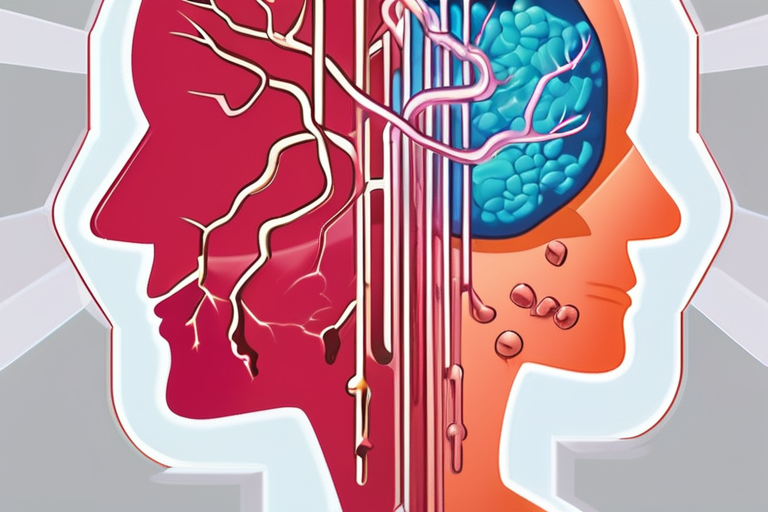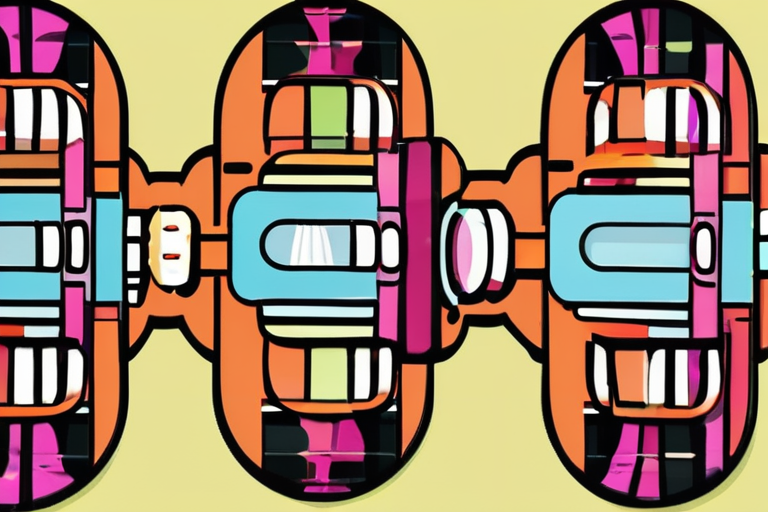Researchers at Tokyo Metropolitan University have made a groundbreaking discovery that sheds new light on the development of Alzheimer's disease. According to a recent study, tau proteins, which are a hallmark of the disease, do not form into the characteristic fibrils associated with Alzheimer's directly. Instead, they first assemble into soft, reversible clusters, known as nanoclusters, before transitioning into the more rigid fibrils.
The researchers found that when these nanoclusters were dissolved, the growth of fibrils was almost entirely suppressed. This revelation has significant implications for the treatment and prevention of Alzheimer's disease, suggesting that targeting the early, reversible stages of tau protein aggregation may be a more effective approach than focusing solely on the final, stubborn fibers.
According to Dr. Yui Yamada, lead researcher on the study, "Our findings indicate that the formation of tau fibrils is not a sudden event, but rather a gradual process that involves the assembly of tau proteins into nanoclusters. By dissolving these clusters, we can prevent the formation of fibrils and potentially halt the progression of Alzheimer's disease."
The study, published in a recent issue of a scientific journal, utilized concepts from polymer physics to better understand the behavior of tau proteins. The researchers used a combination of experimental and computational methods to investigate the aggregation of tau proteins and the formation of nanoclusters.
Alzheimer's disease is a complex and multifaceted disorder that affects millions of people worldwide. The disease is characterized by the accumulation of tau proteins and amyloid beta peptides in the brain, leading to the formation of fibrils and the eventual death of neurons. Current treatments for Alzheimer's disease focus on managing symptoms and slowing disease progression, but a cure remains elusive.
Experts in the field have welcomed the findings of the study, citing the potential for new therapeutic approaches. "This study provides a critical insight into the early stages of tau protein aggregation and offers a promising new strategy for preventing the formation of fibrils," said Dr. John Taylor, a neuroscientist at the University of California, Los Angeles. "By targeting the nanoclusters, we may be able to prevent the progression of Alzheimer's disease and improve the lives of those affected by this devastating disorder."
The study's findings have significant implications for the development of new treatments and therapies for Alzheimer's disease. Researchers are now exploring the potential of targeting nanoclusters as a means of preventing the formation of fibrils and halting disease progression. While more research is needed to fully understand the implications of this discovery, the findings of the study offer a glimmer of hope for those affected by Alzheimer's disease.
In the near future, researchers plan to continue investigating the behavior of tau proteins and the formation of nanoclusters. They will also explore the potential of targeting nanoclusters as a therapeutic approach, with the goal of developing new treatments and therapies for Alzheimer's disease.


























Share & Engage Share
Share this article